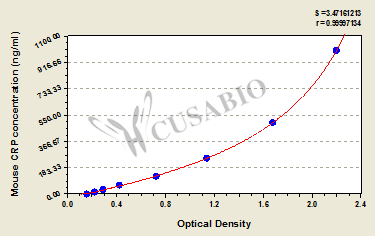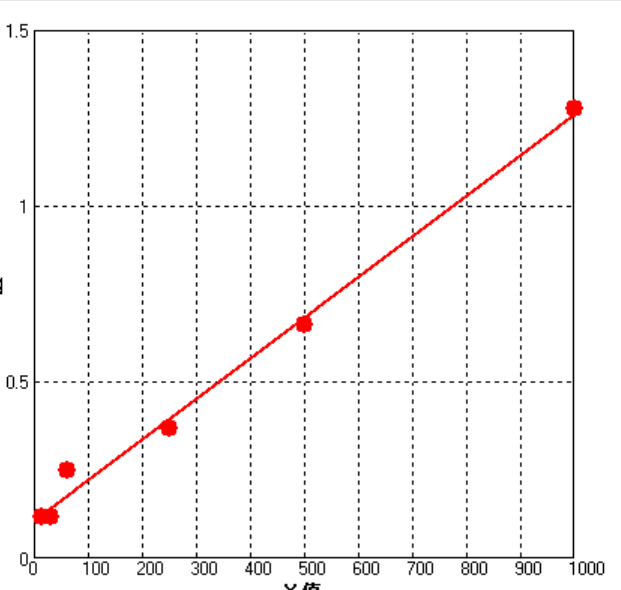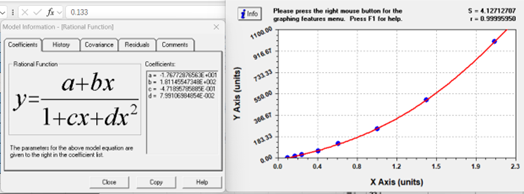- An assay plate --- The 96-well plate is composed of 12 x 8 strip plates and can be taken apart.
- Two bottles of lyophilized standard --- Reconstitute one bottle of the standard with sample diluent at dilution series and draw the standard curve.
- Biotin-labeled CRPantibody (100 x concentrate) 1 x 120 μl --- Act as the detection antibody and need to be diluted before use.
- HRP-avidin (100 x concentrate) 1 x 120 μl --- Catalyze the TMB substrate for color development and need to be diluted before use.
- Biotin-antibody Diluent 1 x 15 ml --- Dilute the Biotin-antibody.
- HRP-avidin Diluent 1 x 15 ml --- Dilute the HRP-avidin.
- Sample Diluent 1 x 50 ml --- Reconstitute the standard and dilute the sample to an appropriate concentration.
- Wash Buffer (25 x concentrate) 1 x 20 ml --- Wash away the unbound solution and non-specific substances.
- TMB Substrate 1 x 10 ml --- Act as the chromogenic agent. TMB interacts with HRP, eliciting the solution turns blue.
- Stop Solution 1 x 10 ml --- Add stop solution and stop the color development. The solution color immediately turns from blue to yellow.
- Four Adhesive Strips (For 96 wells) --- Seal the microtiter plate when incubation.
- An instruction manual
- Home
- Products
Kits
- ELISA Kits
- Exosome Isolation Kits
- ELISA Kits For Food Safety & Drug Residues
- Plasmid DNA Purification Maxiprep Kit
- HCP Detection ELISA Kit
Antibodies- Recombinant Antibodies
- Monoclonal Antibodies
- Polyclonal Antibodies
- Secondary Antibodies
- Tag/Control Antibodies
- Small Molecular Antibodies
- ChIP Antibodies
- Antibody Pairs
- Custom Antibodies
- Modified Histone Antibodies
- Biosimilar Antibodies
Hot Categories- Mini Sample ELISA kit
- Inflammatory Factor ELISA Detection Panel
- Rare Species Antibodies
- Anti-CAR Linker Antibody
- Monkeypox Virus Research Related Products
- Anti-payload Antibodies
- Immunohistochemistry (IHC) Antibodies
- Flow Cytometry Antibodies
- IS Series Cytokine Detection ELISA Kit
- Recombinant DT3C protein
- Chemokine Receptors
- G protein-Coupled Receptor
- Recombinant Antibodies for Drug Discovery
- Recombinant Proteins for ADCs
- New Products Launch
- CRO Service
Quote for CRO Service Specialized CRO Services Protein Expression Services
- Transmembrane Protein Expression Service*
- E.coli Expression System
- Yeast Expression System
- In vitro E.coli Expression System
- Insect Baculovirus Expression System
- Mammalian Cell Expression System
- Pathways
- Technical Resources
- About Us
- Contact









